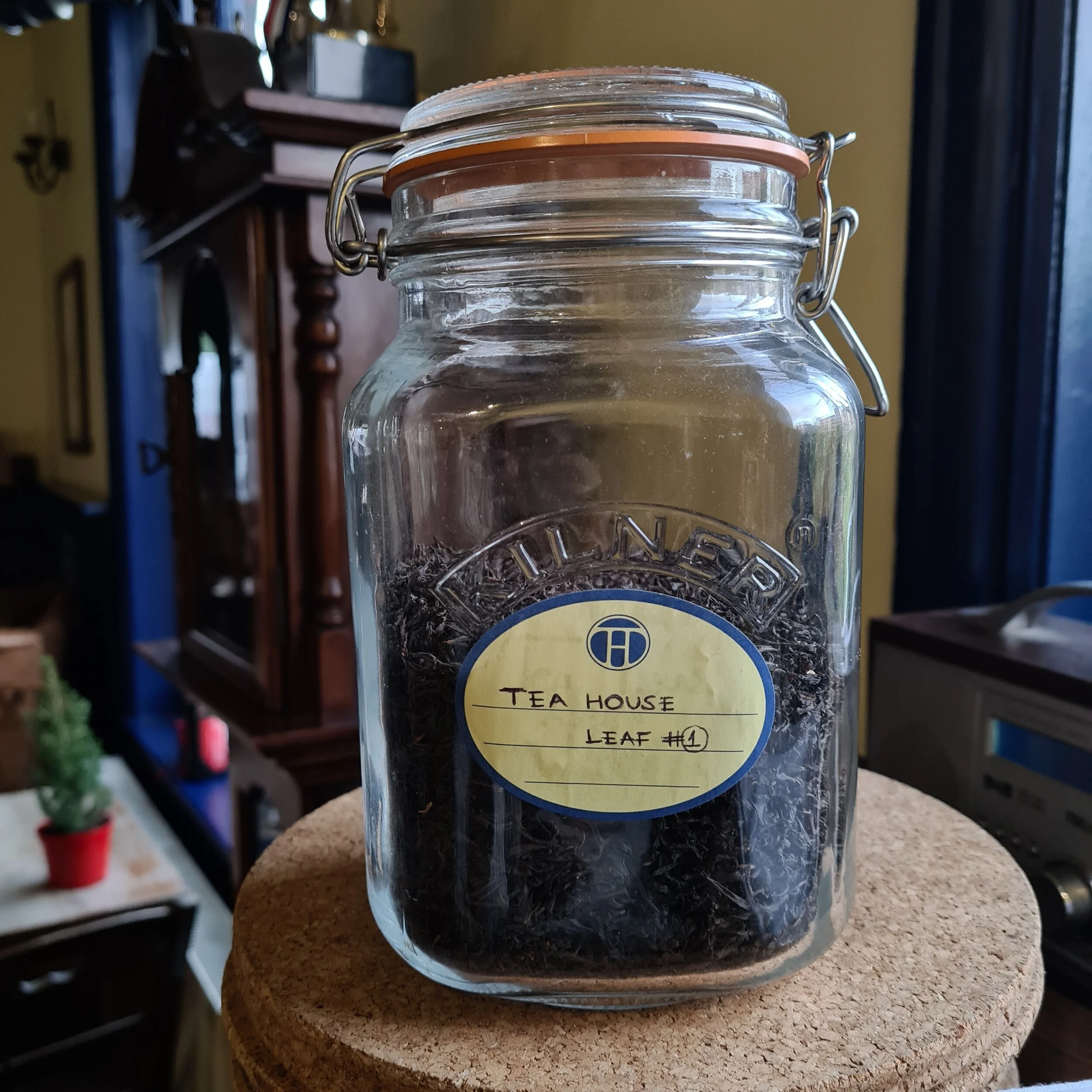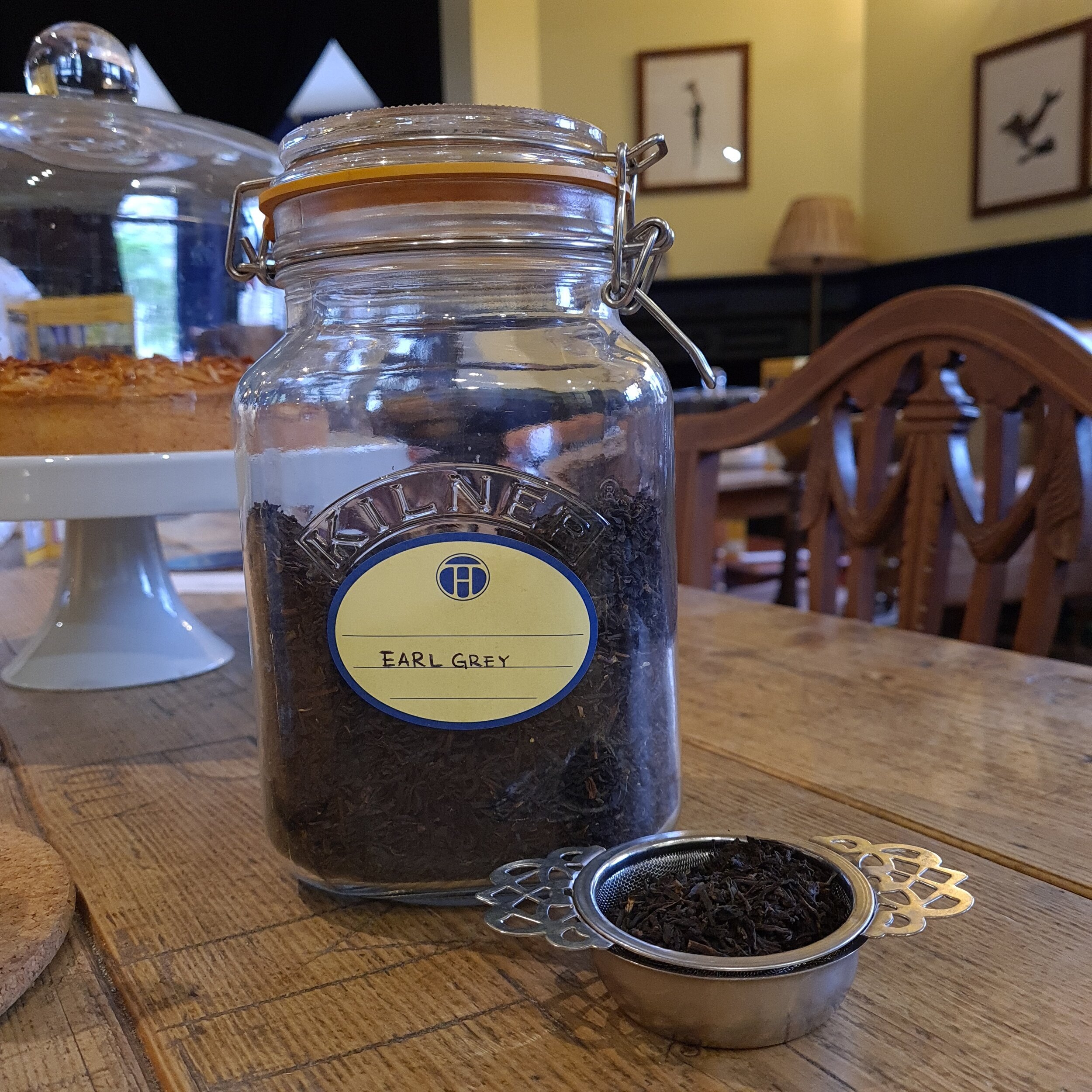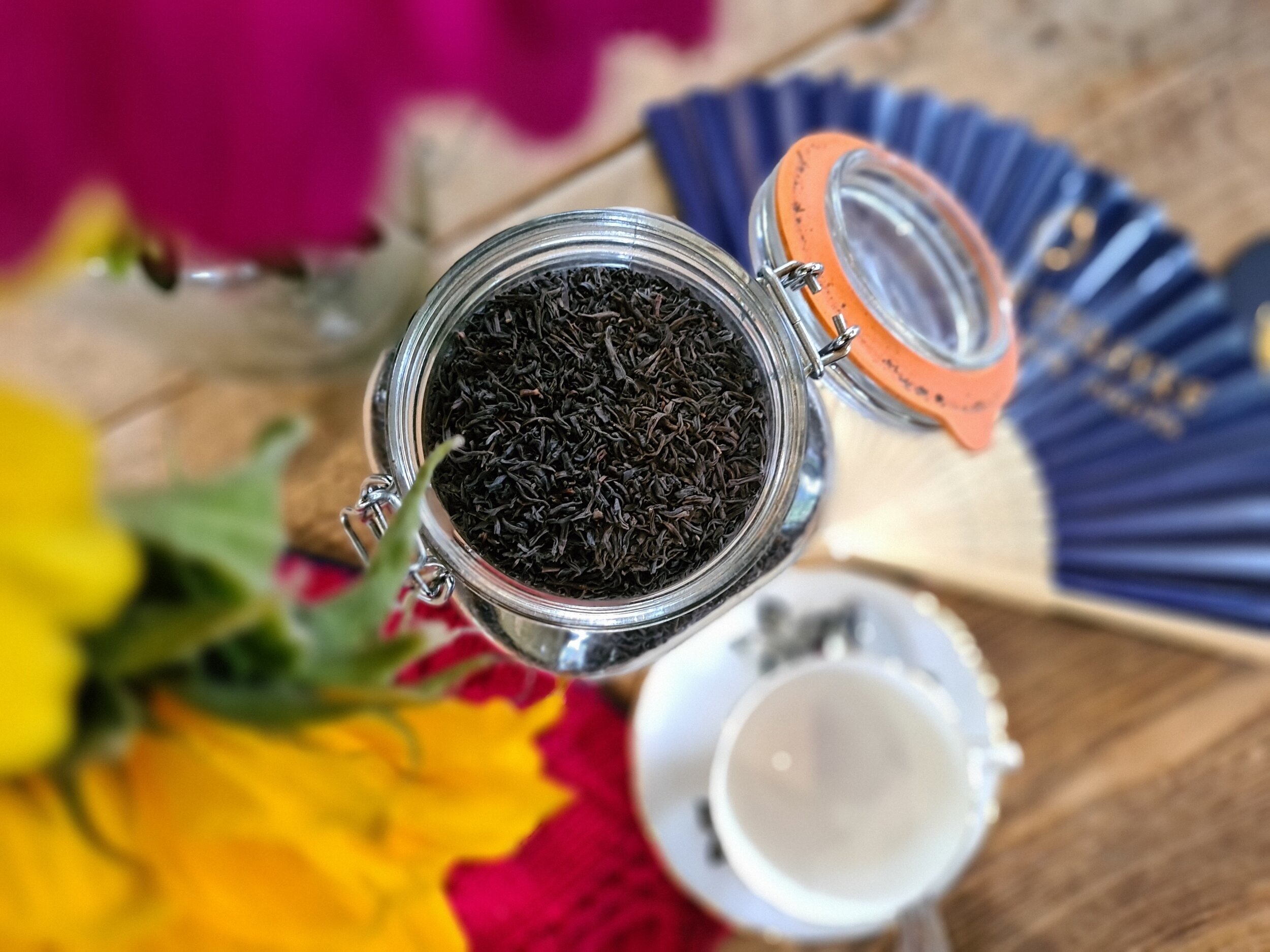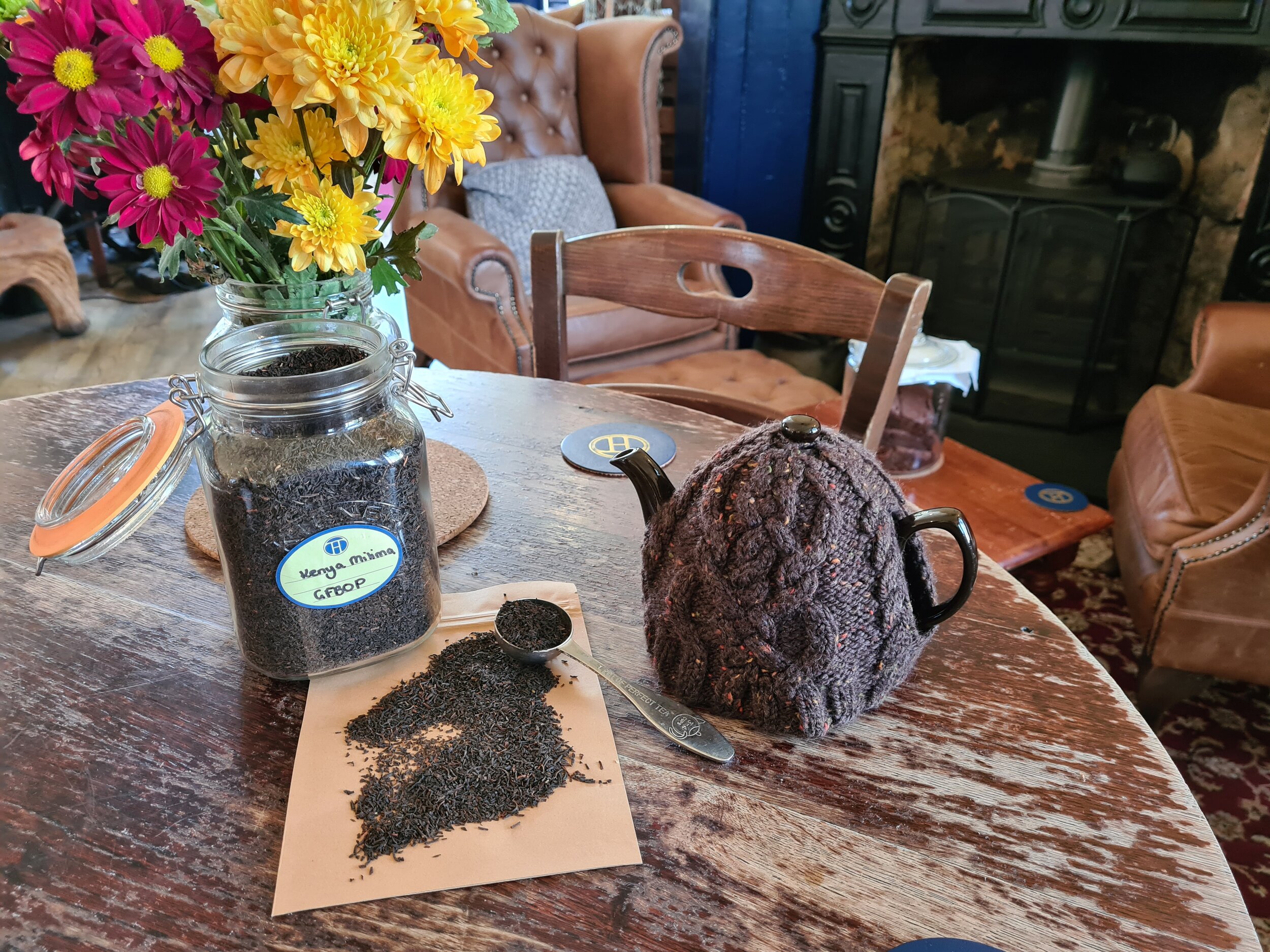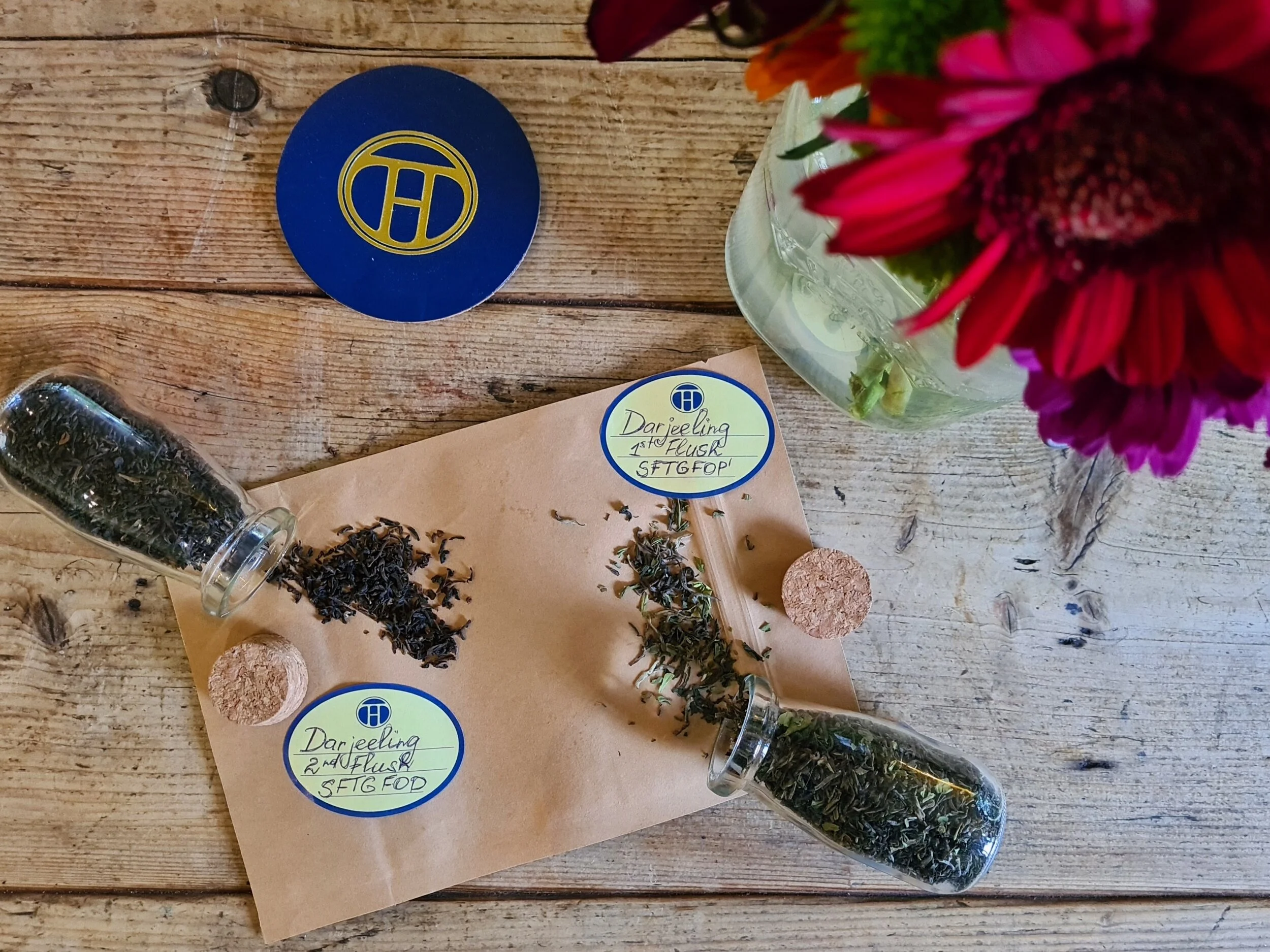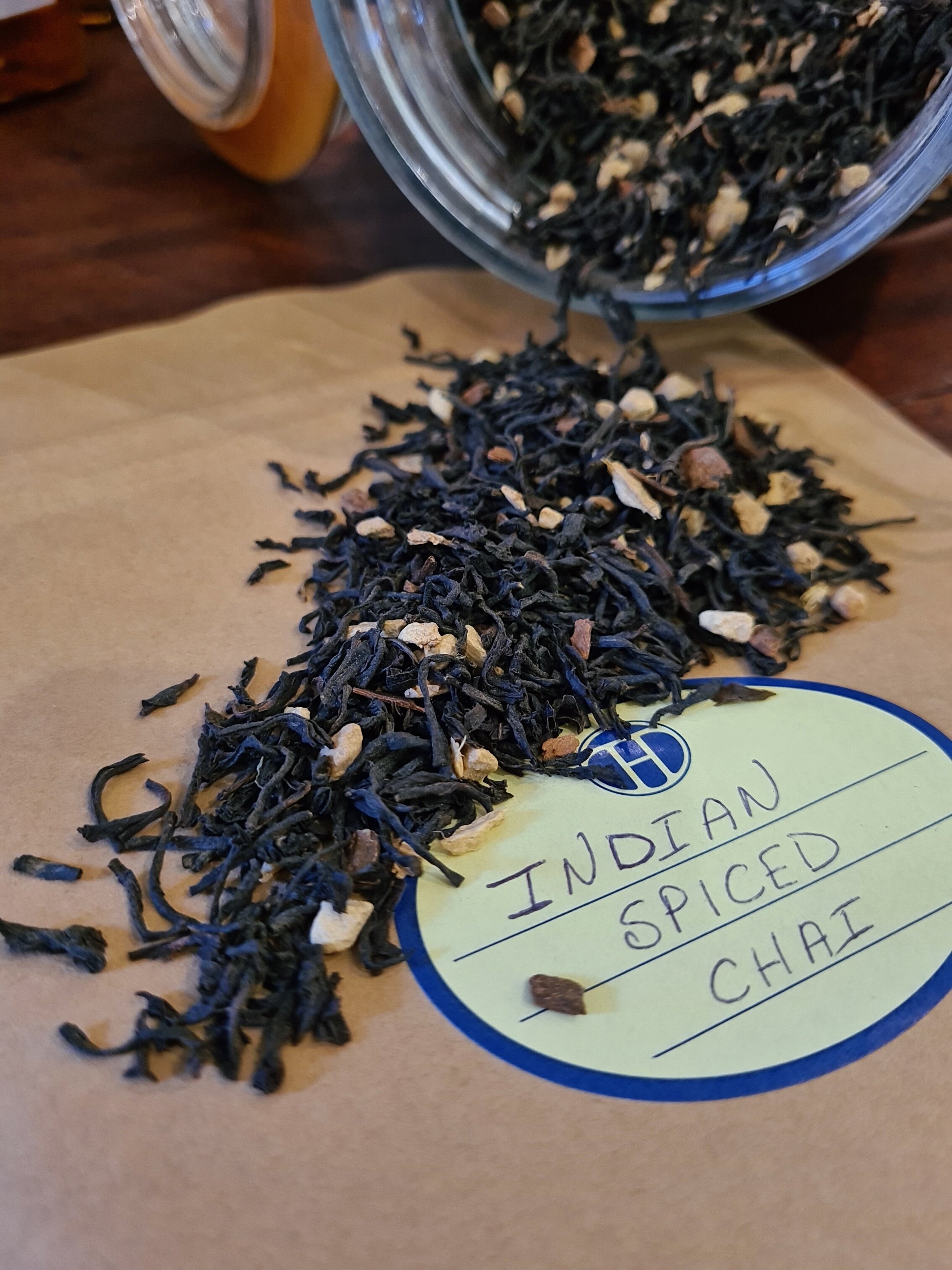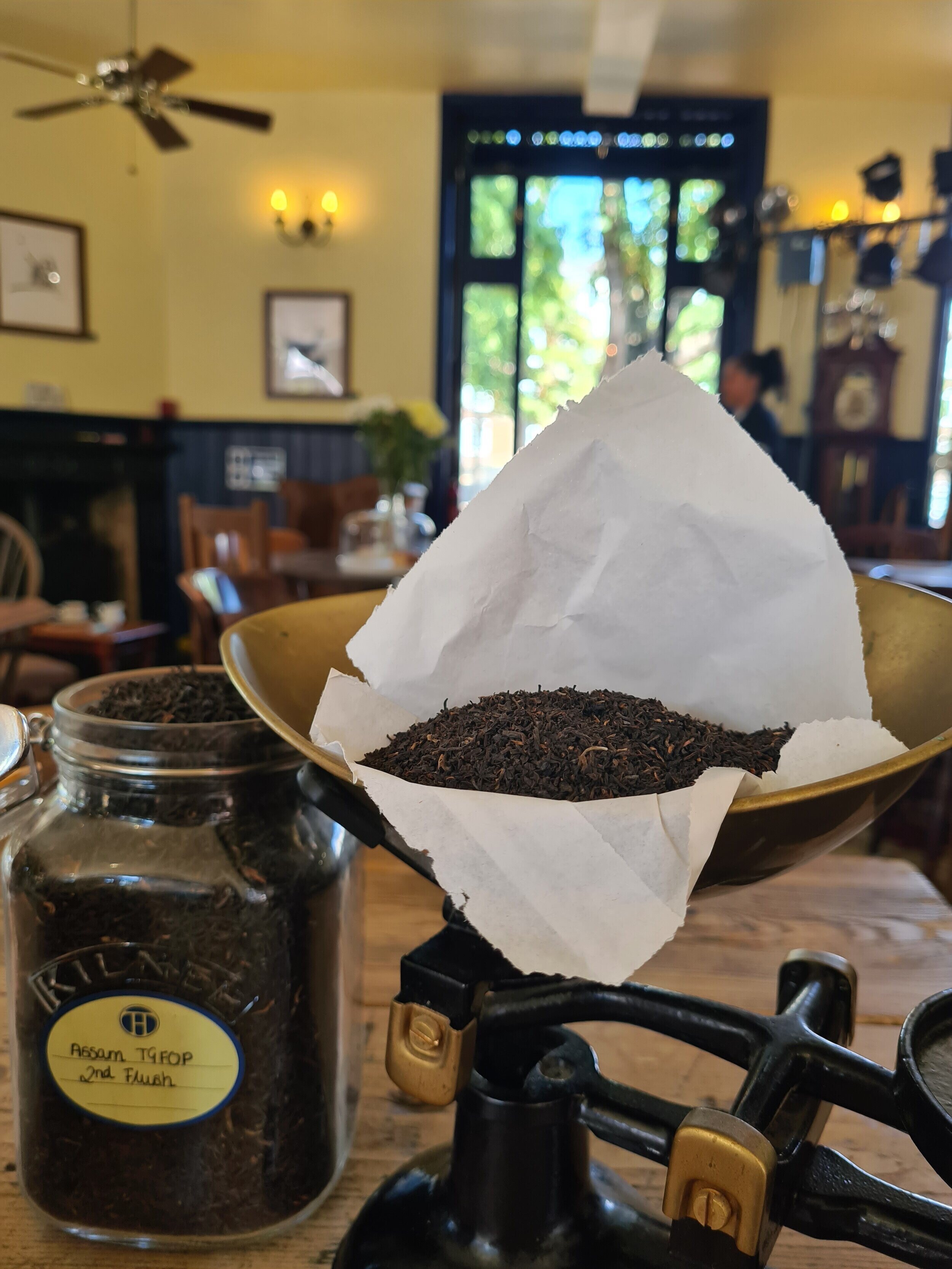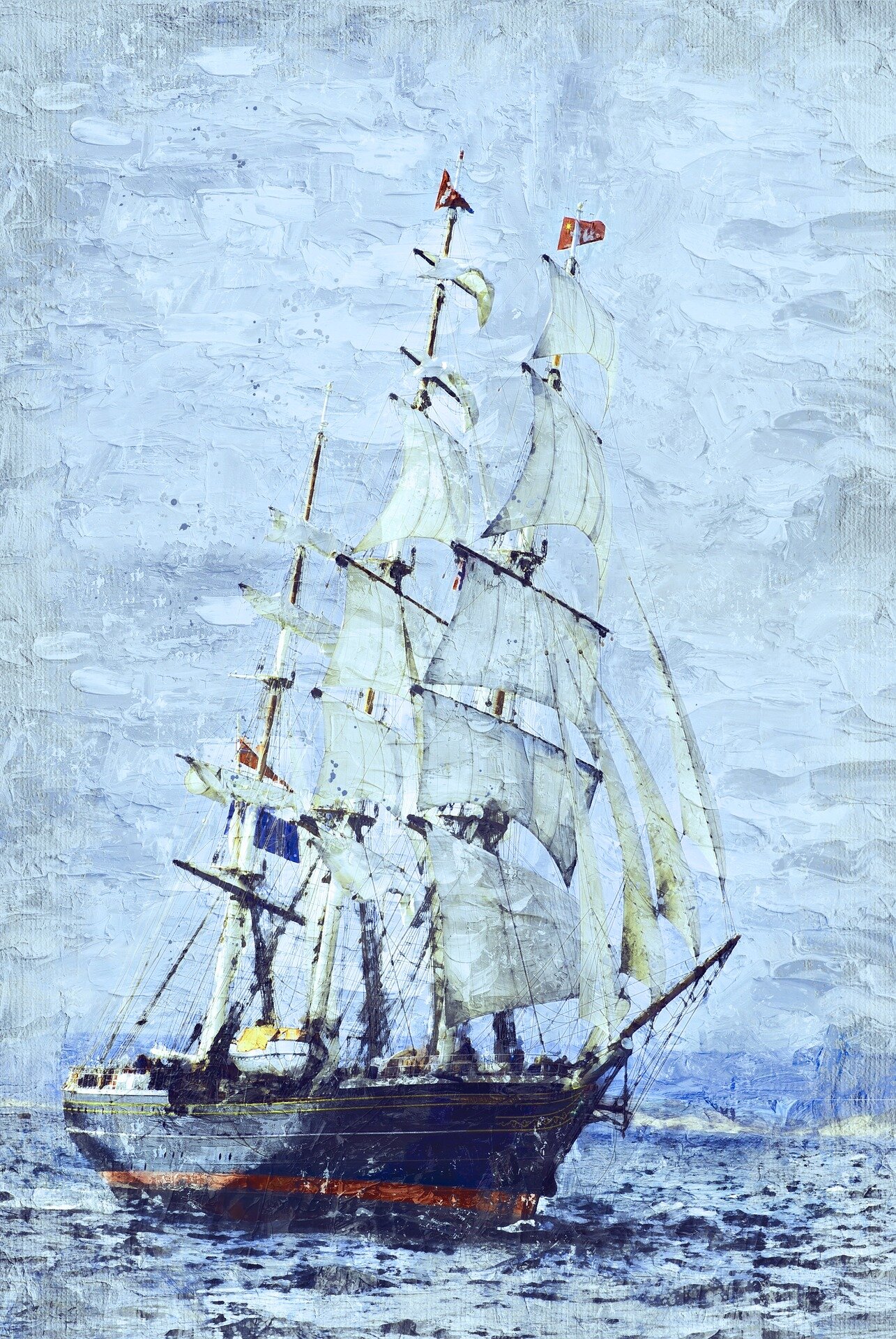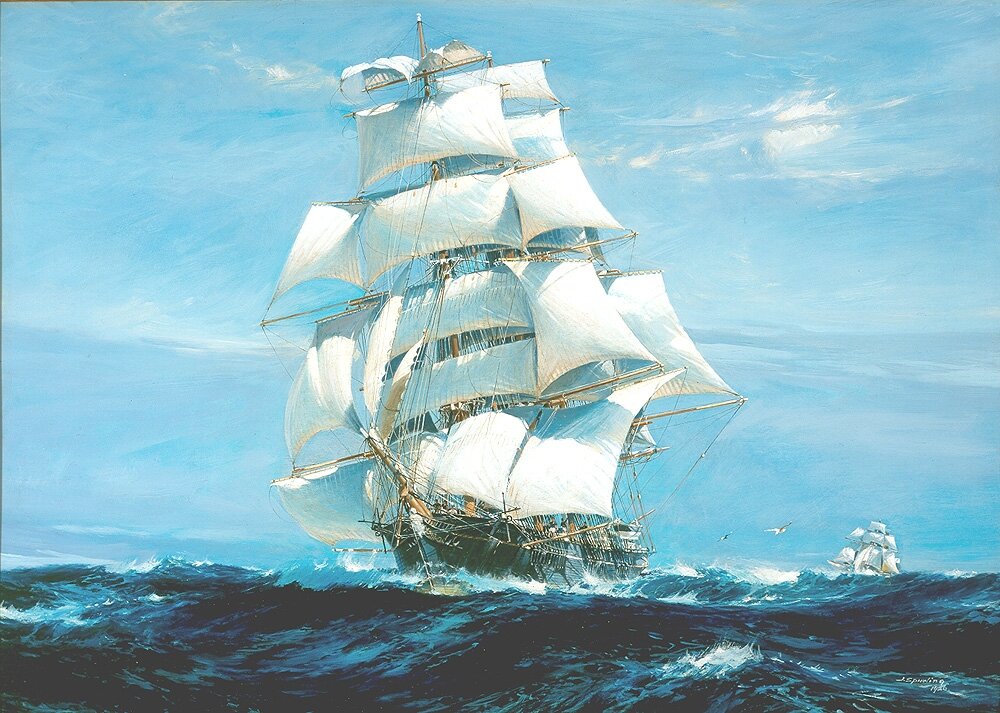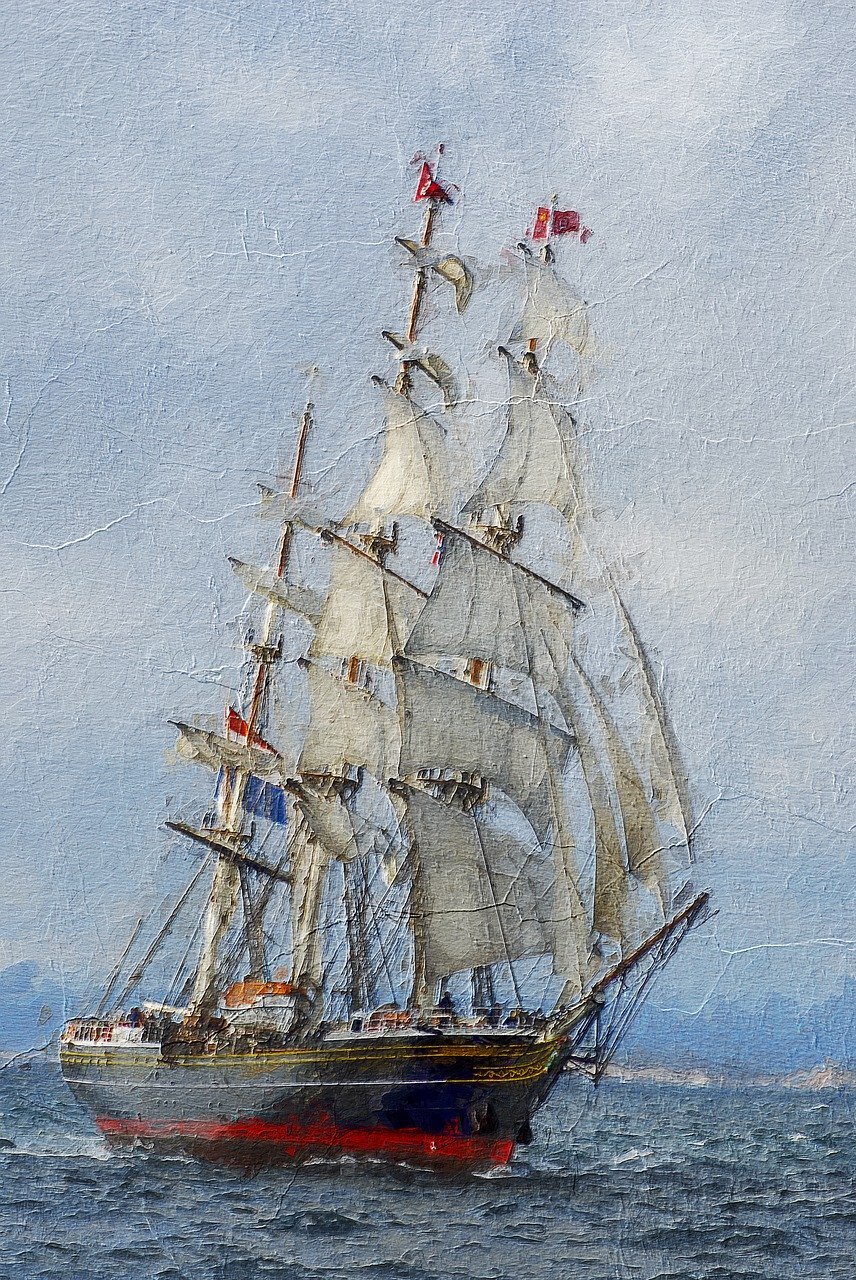If you look up ‘tea’ in the first cookery book that comes to hand you will probably find that it is unmentioned; or at most you will find a few lines of sketchy instructions which give no ruling on several of the most important points.
READ MORE..
Tea Infusers and origins of the Tea Bag
The arrival of tea in Britain in the seventeenth century altered the drinking habits of this nation forever. The late eighteenth century saw black tea overtake green tea in popularity for the first time, which also accelerated the addition of milk. In the nineteenth century widespread cultivation of tea in India began, leading to the imports of Indian tea into Britain overtaking the imports of Chinese tea. And in the twentieth century there was a further development that would radically change our tea-drinking habits - the invention of the tea bag.
READ MORE..
By the eighteenth century, tea was a hugely popular drink in Britain, but, to the ordinary consumer, it was also hugely expensive. The monopoly on imports held by the merchants of the East India Company meant that tea prices were kept artificially high to protect profits, and on top of this government imposed a high level of duty. This created a demand among the British population for cheaper tea, and when that demand could not be met by legal means, a great opportunity was presented to those people who were less than concerned about breaking the law.
READ MORE..
Featured Teas - These favourites from around the world would have been smuggled in huge quantities to avoid paying high taxes. Fortunately, nowadays there is no import duty on tea. Click on the image to order the tea.
There are various legends surrounding the origins of tea. Perhaps the most famous is the Chinese story of Shen Nung, the emperor and renowned herbalist, who was boiling his drinking water when leaves from a nearby tea shrub blew into the cauldron. He tasted the resulting brew, and the beverage of tea was born.
READ MORE..
The East India Company was perhaps the most powerful commercial organisation that the world has ever seen. In its heyday it not only had a monopoly on British trade with India and the Far East, but it was also responsible for the government of much of the vast Indian sub-continent. Both of these factors mean that the East India Company (or, to call it by its proper name, the British East India Company) was crucial to the history of the tea trade.
READ MORE..
Featured Teas - click on the image to purchase these teas
The age of the tea clippers lasted only two decades, but this brief reign was marked by such excitement and enthusiasm for the ships and their cargo that it has gone down in history, famed for its glamour and romance.
READ MORE..
Nowadays tea is thoroughly associated with the British, and taking time for a cup of tea is considered by millions to be a moment of calm and enjoyment in our hectic lives. It seems a little incongruous to remember that a little over 250 years ago, tea was such a hot political issue in America that it led to event that changed history forever. This was the infamous Boston Tea Party, a protest against tea duties in December 1773 that sparked off the American War of Independence and so eventually led to the United States of America becoming an independent nation instead of a group of British colonies.
READ MORE..
The London Tea Auction was a grand tradition that lasted 300 years. From the very first event in 1679, until the last sale on 29 June 1998, the London Tea Auction was a regular event that made London the centre of the international tea trade. The first auctions were held by the East India Company, which at the time held the monopoly for the import of tea (and other goods) from China and India. They were held at the headquarters of the Company on Leadenhall Street. The building was decorated with reliefs of ships, sailors, fish and a large coat of arms, and swiftly became known as East India House.
READ MORE..
In the contemporary era tea is so much associated with the British way of life that it can come as a surprise to learn that it owes much of its popularity here to a foreign princess. While it is not true to say that Catherine of Braganza, the queen-consort of Charles II of England, actually introduced tea to Britain, she certainly had much to do with it becoming a fashionable and widely drunk beverage.Portuguese traders imported it to their homeland from the East, and its high price and exoticism helped it to become very fashionable in aristocratic circles and at the royal court,where Catherine grew up. By the mid-seventeenth century, it was very popular there.Tea had also gained popularity in elite society in Holland, through Dutch trade in the East, and in neighbouring countries. But at this stage, Britain somewhat lagged behind. The famous English diarist Samuel Pepys first mentioned drinking tea in his diary entry for 25 September 1660. He wrote that he had been discussing foreign affairs with some friends, 'And afterwards did send for a Cupp of Tee (a China drink) of which I never drank before'. Since Pepys was a member of the wealthy and fashionable London set, his failure to mention tea earlier suggests that it was still unusual at this time. This was soon to change.
READ MORE..
A cup of tea is a vital part of everyday life for the majority of people in modern Britain - in fact tea is so integral to our routine, that it is difficult to imagine life without it! But it was not always so; tea was once a luxury product that only the rich could afford, and at one time there was even a debate about whether it might be bad for the health. It was over the course of several hundred years that tea gained its place as our national drink, and only relatively recently that its health-giving properties have been recognised.Tea first became established in Britain because of the influence of a foreign princess, Catherine of Braganza, the queen of Charles II. A lover of tea since her childhood in Portugal, she brought tea-drinking to the English royal court, and set a trend for the beverage among the aristocracy of England in the seventeenth century.
READ MORE..



